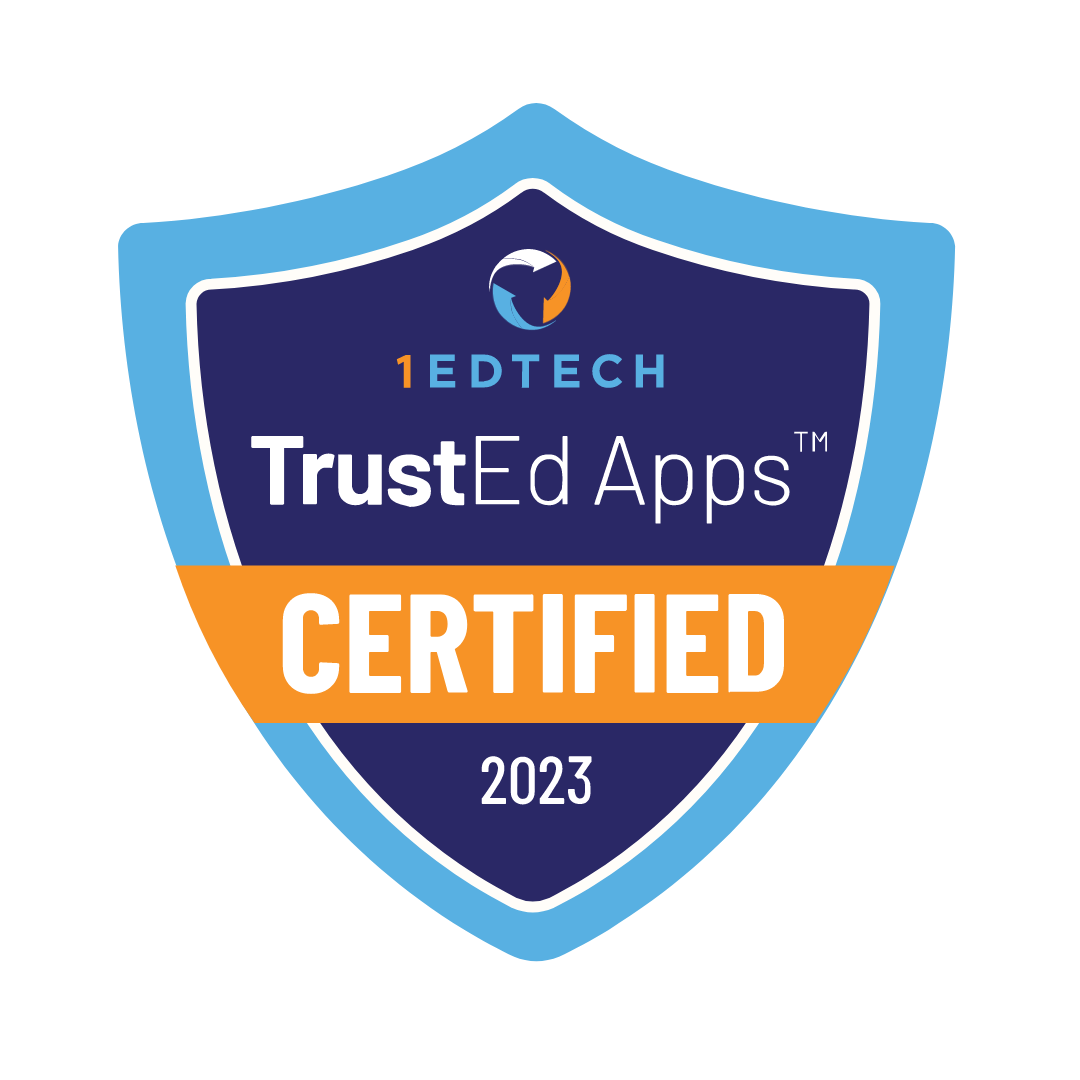Contents
- 1 What Are the Key Differences Between Public and Private K-12 Schools?
- 2 How to Evaluate School Districts for K-12 Education?
- 3 What Are the Best Public K-12 Schools in America?
- 4 What Makes Private K-12 Schools Like Riverdale Country School Stand Out?
- 5 Are Montessori Schools a Good Choice for K-12 Education?
48 million students were enrolled in public K-12 schools across the United States (the U.S.) in the 2021-2022 academic year, according to the National Center for Education Statistics. 4.7 million students were enrolled in private K-12 schools during the same period.

Public, private, and charter schools provide K-12 education. Each type of school offers a different way of learning, but all follow educational guidelines. The U.S. Department of Education runs general policies and guidelines.
What Are the Key Differences Between Public and Private K-12 Schools?
Public schools serve the most of K-12 students without tuition fees. Private and charter schools provide educational benefits, such as personalization and extended teacher support. Let’s take a look at differences between private and public schools in detail.

Understanding Funding and Resources in K-12 Schools
Public schools are free and funded by the state. These schools are a lifesaver for many families, allowing them to save money. Some states provide better resources for schools, such as advanced technology and extracurricular programs. Other public schools have problems in offering complex education. Public school funding inequality is a serious problem, according to the School of Education of American University.
Private schools charge tuition and use donations and sponsorship. Private schools often offer flexible payment options, sometimes providing scholarships or other help. Schools with higher funding create and update facilities, libraries, and use innovative teaching tools. Private schools offer quality education with more opportunities and personalization.
Curriculum Differences in Public and Private Elementary Schools
Public elementary schools follow state standards created by the U.S. Department of Education. These standards are provided for core subjects such as math, language arts, science, and social studies. Public school curriculum has limited flexibility.
Private elementary schools have flexible curriculum. Private schools follow specific state guidelines. Each school creates their own curriculum. Some private schools offer religious instruction, advanced Science, Technology, Engineering, and Mathematics (STEM), or art programs. This flexibility allows private schools to have students with diverse learning styles and academic interests.
Class Size and Student-Teacher Ratios in Private K-12 Schools
K12-powered private schools offer personalized learning, flexible schedules, and support from certified teachers. Such schools give students of all grades the opportunity to overcome their problems and get a good education. Private schools have small class sizes with personalized teacher attention. Average student-teacher ratio in private schools is 12.5:1 in the 2021 year, according to the National Center for Education Statistics. This ratio is 15.4:1 for public schools, showing the difference in teacher’s attention for every student.

Private schools create a personalized education environment. Teachers in these schools offer customized instruction to meet each student’s learning needs. Private online schools, such as Legacy Online School, provide even more individualization. Students have access to communication, lessons, and assignments online from the comfort of their homes. Teachers and learning coaches are available to students at all times.
How to Evaluate School Districts for K-12 Education?
Finding the best school is challenging for a lot of parents. Let’s take a look at how to learn more about the quality of education in schools.

Criteria for Assessing School District Performance
School districts use several metrics to assess the quality of education. Standardized testing plays an important role in measuring student achievement within the K-12 system. These tests check proficiency in subjects like math, reading, and science. Tests are the key values for state and national educational standards. Exams like the Scholastic Aptitude Test (SAT), American College Testing (ACT), and state-specific assessments help find parts in the curriculum to improve. Tests are used for student’s graduation and college admissions. Graduation rates and college acceptance statistics provide data on the district’s ability to prepare students for higher education and career paths. Access to advanced placement (AP) courses, gifted programs, and extracurricular activities show the district’s commitments for quality education. Parents and students often use web portals like GreatSchools.org to find the best school in their district by reviews and ratings.
Top Featured School Districts in America
Some school districts show exceptional performance and innovative programs. Let’s take a look at some examples. Palo Alto Unified School District in California has high graduation rates and strong STEM programs. Montgomery County Public Schools in Maryland provide high levels of equity in education. Districts like these often focused on teacher training. These districts try to create advanced facilities and student support services. Suburban districts offer more safe environments and strong collaboration and community.
Comparing Schools by State
Every state has local policies, different resources, and community priorities. States like Massachusetts and New Jersey have high ranks. Resources like Statista give parents data on student performance, graduation rates, funding and other parameters. Parents have the opportunity to give their child the best possible education by comparing schools by state. Families use platforms like Niche and the U.S. News Best High Schools Rankings to explore school rankings and read detailed reviews from parents and students.
What Are the Best Public K-12 Schools in America?
Let’s overview the best K-12 public school in America, their rankings and resources to find these schools.

Ranking the Best Public High Schools
Public high schools across the U.S. are ranked by academic performance, college preparatory approach, and extracurricular activities. These schools often have dual enrollment programs with local colleges. Legacy Online School is one of the top ranked high schools. Our high school offers students necessary materials, such as interactive textbooks, virtual labs, and one-to-one sessions. Each student has access to quality materials and learning resources. Legacy Online School provides support resources, such as tutoring and live sessions.
Visit these sites to read reviews from families about their children’s education at our school:
Top Public Elementary Schools to Consider
The best elementary schools prioritize early academic development and foundational skills. We covered eleven key factors to consider in the article “How to Choose the Best K-12 Online School for Your Child?”. Parents overview these factors to choose the best school for their child. Legacy Online School is one of the top online K-12 schools with elementary school programs. Legacy Online School offers modern, innovative learning for elementary school students. Parents and students choose our school for flexible learning and payment options. Parents enroll their children in our school’s programs confidently because we help them achieve success. Use resources like GreatSchools to find more best elementary schools.
How Public School Rankings Are Determined?
Public school metrics include standardized test scores, student-to-teacher ratios, graduation rates, and college readiness indicators. Rankings use diversity metrics, extracurricular offerings, parents reviews, and student satisfaction surveys. Parents use websites like Niche to check rankings of public schools. This resource provides an article about their ranking calculations and gives scores in each category. Parents have the opportunity to focus on parameters important for their children and filter schools by this.
What Makes Private K-12 Schools Like Riverdale Country School Stand Out?
Private schools stand out for its personalized approach, which helps every student, including those with special needs. A variety of subjects, electives, and extracurricular activities support well-rounded students’ development. Different learning formats allow each child to choose what best suits their needs.

Exploring the Unique Features of Riverdale Country School
Riverdale Country School is one of the best private schools in the state. Riverdale Country School has high academic standards and programs. Riverdale Country School follows an innovative educational model. Students use advanced science labs, art studios, and athletic complexes. Students join environmental programs, cultural exchanges, and leadership programs. Riverdale Country School offers every student personalized attention and mentorship.
Comparative Analysis of Nueva School and Pingry School
Nueva School in California and Pingry School in New Jersey are high ranked private schools. Nueva School specializes in creativity and art programs. Their curriculum is project-based. Nueva School focuses on modern technology in their advanced STEM and arts programs. Pingry School offers character education, focusing on developing integrity and leadership skills. Pingry’s curriculum includes strong traditional disciplines with modern technology integration. These schools have small class sizes and a lot of extracurricular activities for students.
Why Parents Choose Brearley School and Chapin School?
Brearley School and Chapin School are chosen by parents for their exceptional academic programs and commitment to empowering young women. The schools’ small class sizes and highly qualified faculty offer individualized attention. Both schools prioritize diversity and inclusion. These schools are focused on creating a safe and inclusive learning environment. Extracurricular opportunities in these schools include arts, athletics, and community service. Parents choose Brearley and Chapin schools for their personalized approach and strong academics.
Are Montessori Schools a Good Choice for K-12 Education?
Montessori schools are a popular choice for private school education. Let’s overview some key features of the Montessori approach.

Benefits of Montessori Education in Elementary and Middle School
Montessori education in elementary and middle school students focus on a love for learning and creativity. Montessori classrooms allow children to work at their own pace with interactive materials. Montessori programs use cross-disciplinary learning. Subjects like math, science, and art are studied with real-world examples and usage. Students learn self-discipline and time management skills. Montessori programs have a flexible curriculum, adapted to each student’s strengths and interests.
How Montessori Schools Compare to Traditional K-12 Schools?
Montessori schools use other methods of education. Traditional schools follow a standardized curriculum with teacher’s instruction. Montessori schools focus on individualized, self-paced learning. Montessori classrooms focus on collaborative learning and peer mentorship. Montessori education uses interactive materials and hands-on studies, while traditional schools use textbooks and classic tools.
Parents consider their child’s learning style and educational goals when choosing between these approaches.
Finding the Right Montessori School for Your Child
Choosing the right Montessori school is challenging. Parents need to start from defining their child’s learning style. Visual learners study better when information is incorporated into pictures, diagrams, and videos. Auditory learners study well when performing activities to keep them listening and holding verbal conversations. Kinesthetic learners prefer learning via hands-on approaches and movements. Kinesthetic learners benefit from Montessori schools most. Use resources like American Montessori Society (AMS) or the Association Montessori Internationale (AMI) to learn more about approach and find accredited schools in your state.
Accreditation is important. Accredited Montessori schools provide students with a safe learning environment and the freedom to customize their learning format. Accreditation ensures the school’s diplomas and education will be recognized by educational institutions and employers across the United States.











